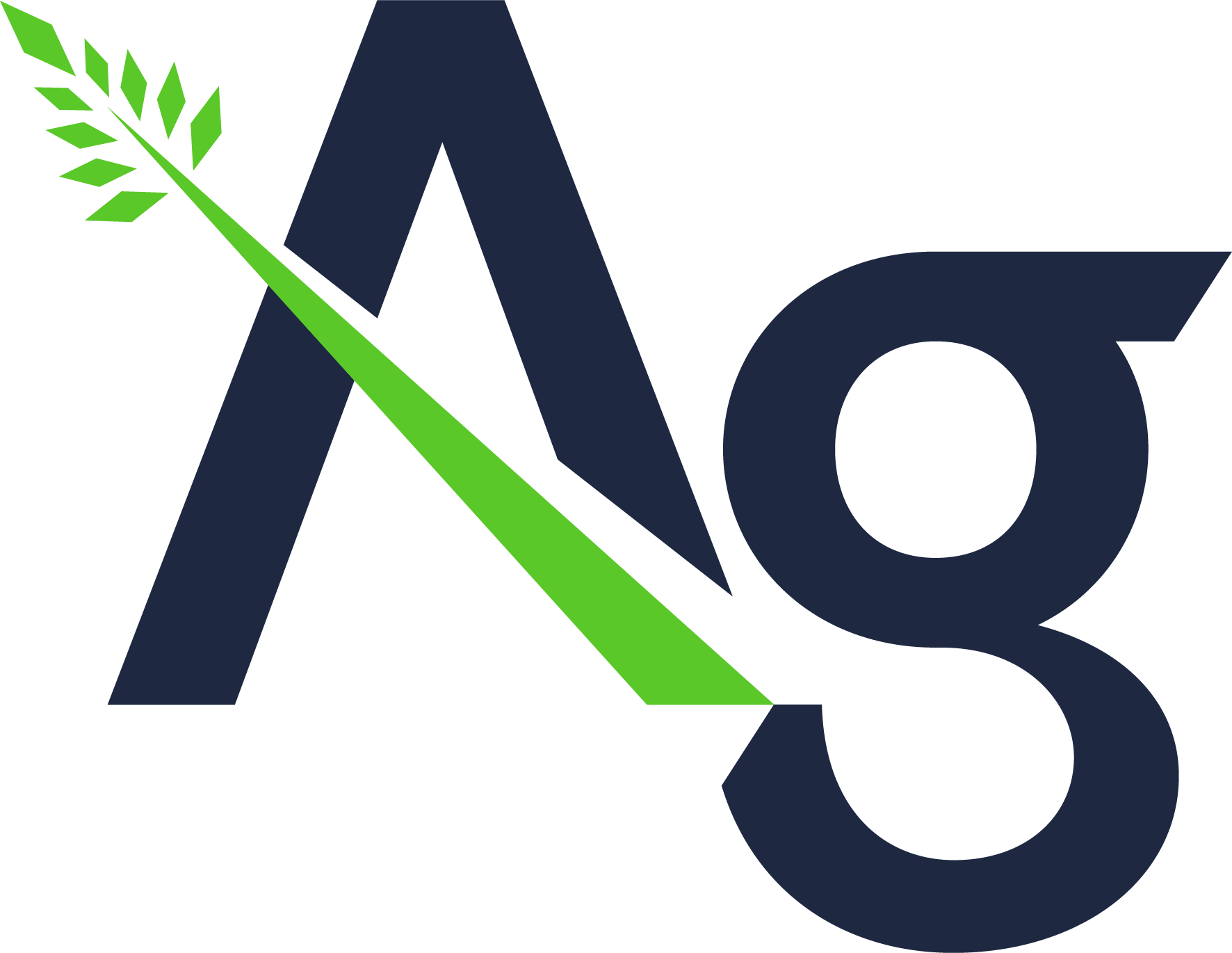Germany: Winter Barley Shows More Yields
Reading time: 2 minutes
With a yearly production of 1.5 to 2 million tons, Germany is one of Europe’s foremost malting Barley producers. The moderate climate, characterized by not-too-cold winters, with average daily temperatures around 0 °C (32 °F) or slightly above, and warm summers, with maximum temperatures around 22/24 °C (72/75 °F) in July and August, is ideal for the cultivation of brewing Barley. Traditionally spring Barley, sown in early spring, is preferred over winter Barley, which is sown in fall and already starts sprouting in winter. This can cause problems, especially in cold winters when frost without a snow cover damages the growing seed.
Climate change does here also work in favor of winter Barley. The 2020 winter was the second warmest since weather records started in 1881, according to the German Meteorological Service (DWD). And it looks like this trend is going on. Given the accelerated climate change and an increasing occurrence of spring drought and extreme weather conditions, Europe’s brewing and malting industry turned increasingly to winter Barley as opposed to the traditional spring Barley as an alternative raw material for beer. In recent years, the longer growing season and the use of winter moisture in the soil for the early development of plants has become essential factor in favor of winter Barley in Germany.
The German Brewing Barley Association (Braugerstengemeinschaft) and the Association for the Promotion of Bavarian Quality Barley Cultivation (Verein zur Förderung des Bayerischen Braugerstenabaus), which are both based in Munich, Germany, recommended the two new Barley varieties KWS Liga and KWS Somerset for the cultivation in fall 2020. A decision about the varieties Lyberac and Zophia, which were also in the evaluation, is to be taken in 2021 after another year under observation.
“Prospect” from breeding company Streng-Engelen is a new spring Barley variety that was approved by the German Federal Office of Plant Varieties (Bundessortenamt) in 2018 and which was also included in the list of recommended Barley varieties of the German Brewing Barley Association. According to a statement of the organization, Prospect has achieved excellent results both in the processing of brewing malt and in the production of beer. In 2022, the yield per hectare of winter Barley was around 76.2 quintals, while spring Barley achieved an average yield of 53.2 quintals per hectare in the same harvest year.

Germany Barley Trade
Middle east and North Africa are leading destinations for German Barley. According to the AgFlow data, Saudi Arabia led its export market with 0.24 million tons of Barley in 2022, followed by Algeria (0.16 million tons), Iran (0.13 million tons), and Morocco (92,411 tons). The following markets were Turkey, Portugal, Spain, Denmark, Tunisia, etc. The export volume totaled 0.77 million tons last year. In terms of import, Germany purchased 26,900 tons of Barley from France in 2022, followed by Hungary (8,653 tons)
In 2020, Germany exported Barley worth $483 million, making it the 7th largest exporter of Barley in the world. In the same year, Barley was Germany’s 517th most shipped product. The leading destination of Barley exports from Germany is the Netherlands ($201 million), Saudi Arabia ($147 million), Algeria ($33 million), Iran ($31 million), and Morocco ($28.5 million).
In 2020, Germany imported Barley worth $307 million, becoming the world’s 5th largest importer of Barley. In the same year, Barley was Germany’s 658th most imported product. Germany imports Barley primarily from: France ($111 million), Denmark ($50.1 million), Czechia ($46.3 million), Poland ($45.4 million), and Sweden ($23 million).
Other sources: INSIDE
Try AgFlow Free
Access Free On Updates for Corn, Wheat, Soybean,
Barley, and Sunflower Oil.
No Credit Card Required & Unlimited Access In Time

